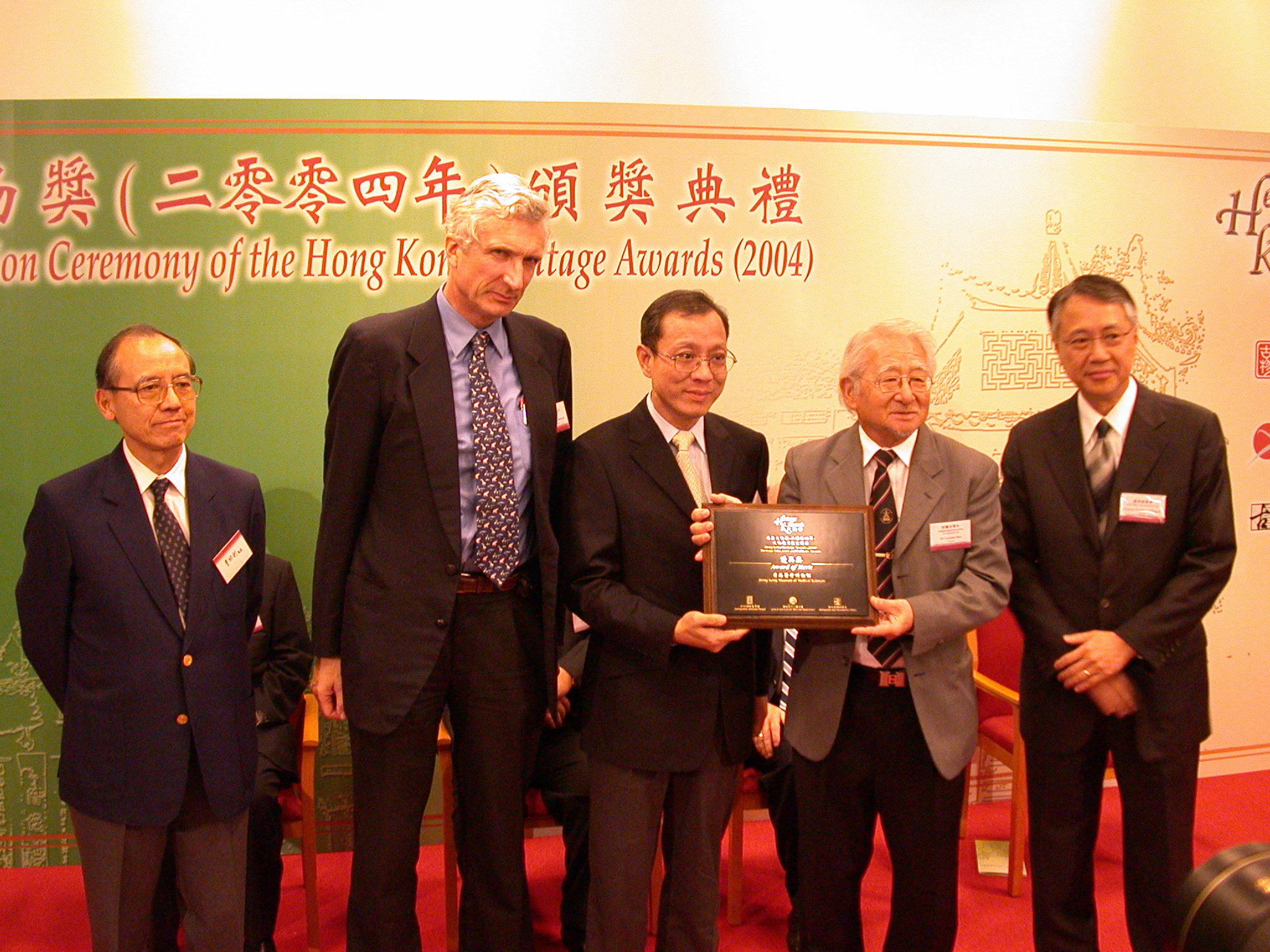The Monument


The Museum building started life as the Bacteriological Institute, Hong Kong’s first purpose-built public health and clinical laboratory. Situated in the historic Chinese residential district of Tai Ping Shan, it was built in response to the 1894 Plague outbreak and opened in 1906. In addition to its work in the surveillance and control of Plague and other infectious diseases, it also produced vaccines and provided diagnostic tests.
Originally, there was the main building and two subsidiary blocks: one designed to accommodate the attendants (now the Museum Annex), and the other a laboratory animals house containing stables (demolished in the 1980s).
With time, the role of the Institute changed as did its name, becoming the Pathological Institute after World War II. It continued to be used as a laboratory until the 1950s and as a vaccine production centre until the 1970s.
In 1990, the Government declared the site a Monument, and it became known as the Old Pathological Institute. The Hong Kong College of Pathologists, recognising the potential of the building, and that it was important for the public to be aware of the history and development in this region, petitioned the Government for its use as a museum. Despite competing claims, the bid was successful. In 1996, the Monument was revitalized as The Hong Kong Museum of Medical Sciences.
Other than the necessary repairs, the Museum retains the Monument’s original external and internal features, and is acknowledged as an excellent example of built-heritage conservation.



